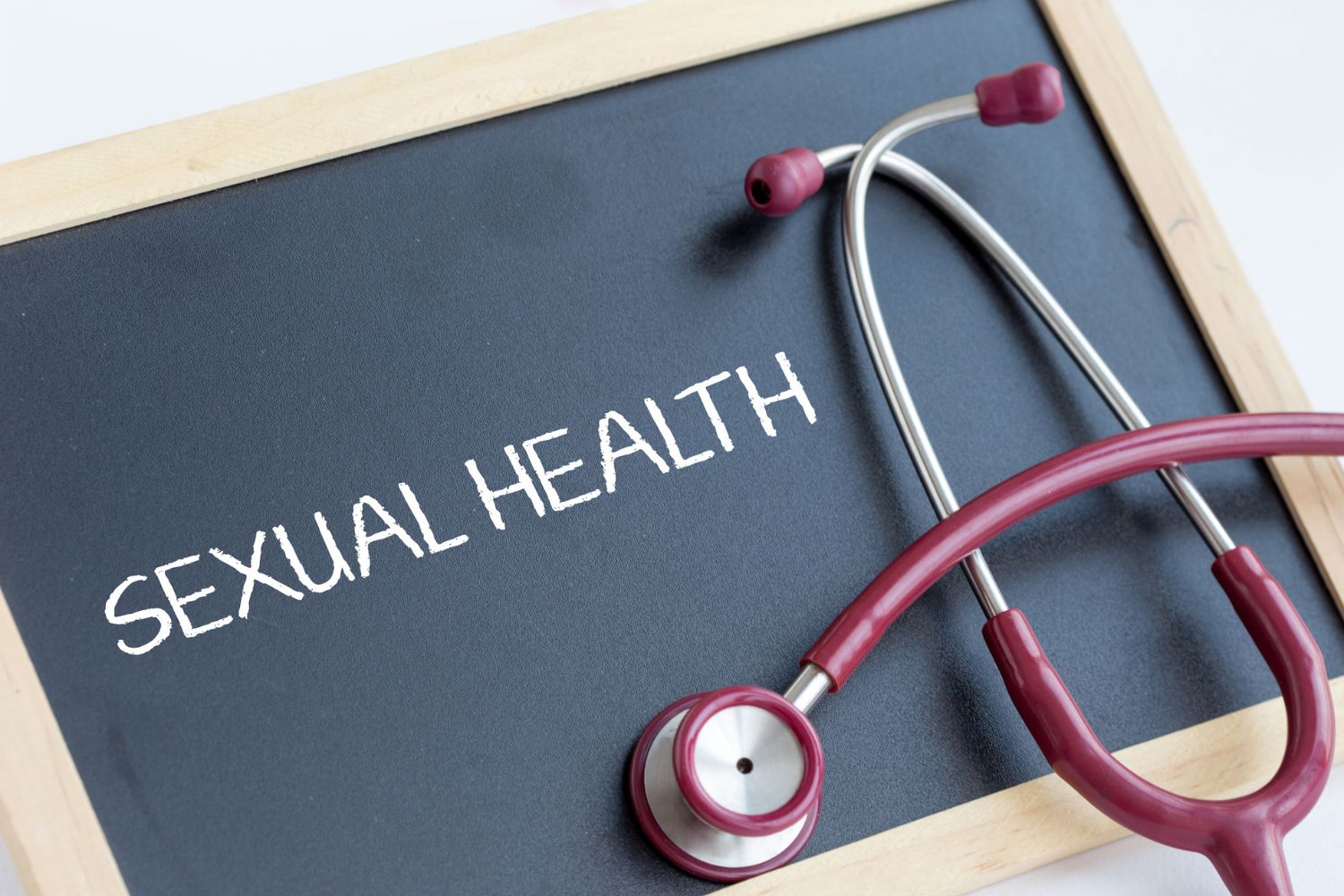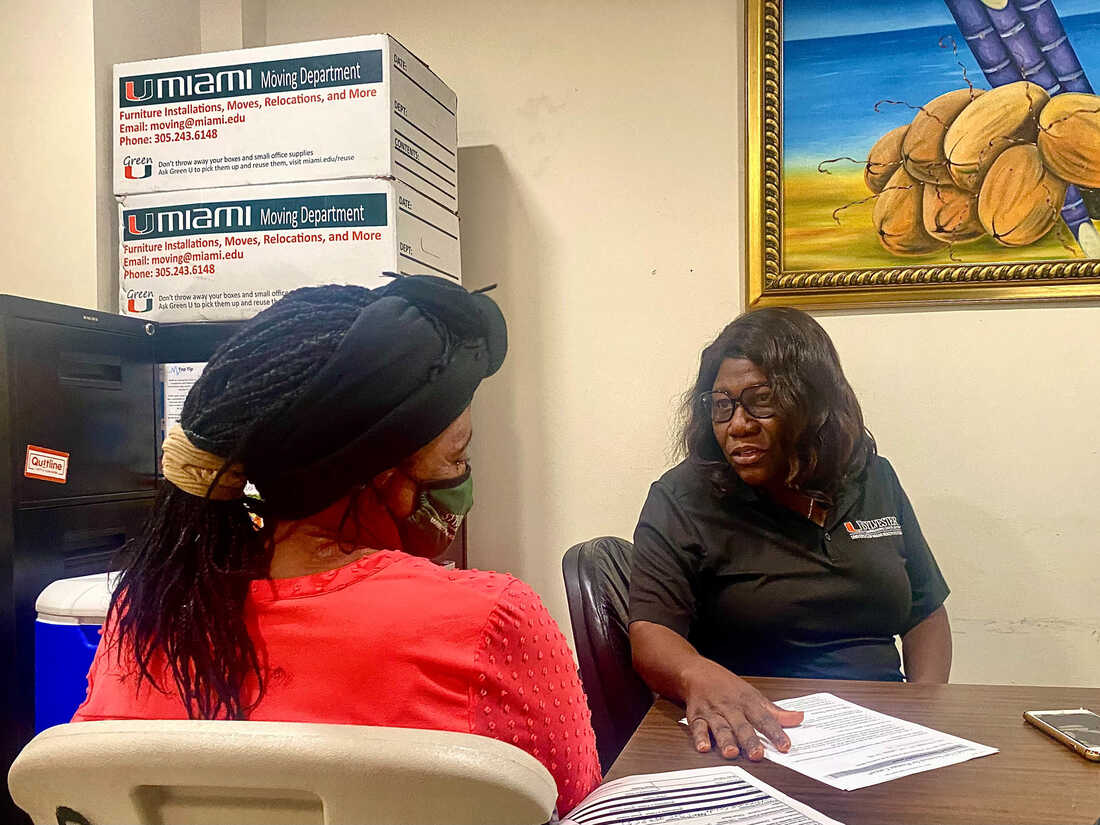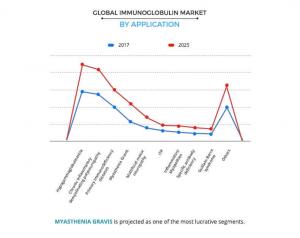Sexually transmitted infections and sexually transmitted diseases are not the same thing. The infection usually comes before a disease. Sometimes the infection may not lead to any symptoms or signs.
These infections are usually transmitted through sexual contact including through bodily fluids or skin contact via vaginal, oral and anal sex. They may not lead to disease if treated early. Occasionally they may go away without causing disease.
In South Africa in 2017 there were an estimated 2.3 million new cases of gonorrhoea, 1.9 million new chlamydia cases and 23 175 new syphilis cases among women aged between 15 and 49.
Among men of the same age there were an estimated 2.2 million new cases of gonorrhoea, 3.9 million new cases of chlamydia and 47 500 new cases of syphilis.
If a sexually transmitted infection progresses to an STD, symptoms will be different.
ALSO SEE: Life may be getting harder, but getting harder is getting cheaper
Common symptoms of STDs
The person with an STD will experience:
Discomfort or pain during sexual intercourse or passing urine.
Bumps, sores or lesions on and around the vagina, penis, testicles, anus, buttocks, thighs, or mouth.
Discharge or bleeding from the penis or vagina.
Painful or swollen testicles.
Itchiness in or around the vagina.
Bleeding after sexual intercourse.
Irregular menstrual cycle.
Some symptoms may not be related to the genital area, they are usually non-specific and systemic.
They include:
Fever.
Unexplained recurring pain in lower abdomen.
Fatigue.
Memory loss.
Changes to vision or hearing.
Nausea.
Weight loss.
Lumps or swellings in other parts of the body.
Common types of sexually transmitted diseases & sexually transmitted infections
Sexually transmitted infections like chlamydia and gonorrhoea can cause diseases like pelvic inflammatory disease (PID), and also some forms of cancer, caused by human papillomavirus (HPV) like cervical or penile cancer.
Sexually transmitted infections
Pelvic inflammatory disease (PID)
Gonorrhoea, chlamydia, and trichomoniasis are common STIs that can lead to PID if left untreated. Other bacterial infections may cause PID. PID is a leading cause of both tubal factor infertility and ectopic pregnancy.
A complication of untreated PID is scarring of the fallopian tubes. There are around 50–75 000 PID cases diagnosed in England annually.
Although this infection of the female reproductive organs is classified as a disease, some people have no symptoms. Those who do have symptoms may experience:
Pelvic or lower abdominal pain.
Pain during penetrative vaginal sex or when urinating.
Irregular, heavy, or painful vaginal bleeding.
Smelly vaginal discharge.
Nausea.
High temperature.
Antibiotics can successfully treat PID if it’s diagnosed early enough.
ALSO SEE: Masturbation: The benefits of becoming your ‘own lover’
Sexually transmitted diseases
Tertiary syphilis
The earlier stages of syphilis do not normally present as diseases. They are symptomless. What is usually seen is one or more small round sores on the genitals, anus, or mouth.
If left untreated, syphilis will move to the latent phase, which has no symptoms. The process to developing tertiary syphilis from here may take between 10 and 30 years after the initial infection. The earlier syphilis is diagnosed and treated, the less damage it does.
This disease can have serious consequences and lead to:
Blindness.
Deafness.
Memory loss.
Mental health conditions.
Infections of the brain or spinal cord.
Heart disease.
Treatment for tertiary syphilis is penicillin injections but this needs to happen before permanent damages have occurred.
HPV
Human papilloma virus infections can lead to certain cancers but not all the time.
The cancers associated with HPV infection include:
Mouth or oral cancers.
Cancer of cervix.
Vaginal cancer.
Penile cancer.
Anal cancer.
Almost all the cancers of cervix are caused by HPV that is why it is important to do the tests, including pap smears, once one is sexually active.
The symptoms of cancer will include bleeding, pain on the site and swelling.
Early diagnosis and treatment is key as it will prevent against the cancer spreading to other parts of the body. Treatment is surgery, chemotherapy or radiotherapy.
Genital warts
These are also caused by the human papilloma virus. They appear as skin-coloured growths usually in the genitalia, anus or the mouth.
They can go away by themselves without treatment, but they tend to reoccur. To get them removed there are chemical creams or liquids. If they are larger or do not respond to this there are options to freeze them, burn them or surgically remove them.
Aids
This disease is caused by infection by the HIV. Many people can live long symptomless lives without getting this disease due to starting treatment early.
HIV can damage the immune system and if left untreated, the virus can lead to Aids, where the body becomes vulnerable to serious infections and illnesses.
The symptoms of Aids may include:
Rapid weight loss.
Extreme fatigue.
Sores.
Infections.
Neurologic disorders.
Cancers.
Diagnosing STDs
One cannot conclude on symptoms alone what infection the person has, it is therefore important to visit your doctor for examination and tests.
The following are the steps the doctor will follow to diagnose and therefore know appropriate treatment:
History and physical examinations.
Taking swabs and samples of genital secretions.
Blood tests.
Pap smears for cervical cancer.
Biopsies of lesions or lumps for histology.
Treating STDs
Lifestyle modification including abstaining from sexual intercourse until treatment is completed may be advised. Your doctor will also ask you to invite your sexual partners for treatment. Oral treatment and injectables are available to treat most of the infections. Any damage that has been caused to the organs may be irreversible.
ALSO SEE: Trendy sex toys to try out in 2023
Tips for STD prevention
The acronym usually used in STI/D education is ABC. Abstain, Be faithful, Condomise. Adopting safer sexual health practices will protect one from contracting these infections.
Conversations with sexual partners around safe sex are important and should happen before engaging in sex.
Get tested regularly for STIs, especially if you have a new partner or multiple partners. Ask any partners to do the same.
Barrier protection is key irrespective of your sex and sexuality. There are gloves, condoms and dental dams to protect you.
Vaccination against HPV and hepatitis B is advised. After unprotected sex you have 72 hours to get post-exposure prophylaxis against HIV.
Discovered on: 2023-02-20 08:54:41
Source: Sexually transmitted infection vs Sexually transmitted disease: Everything …



